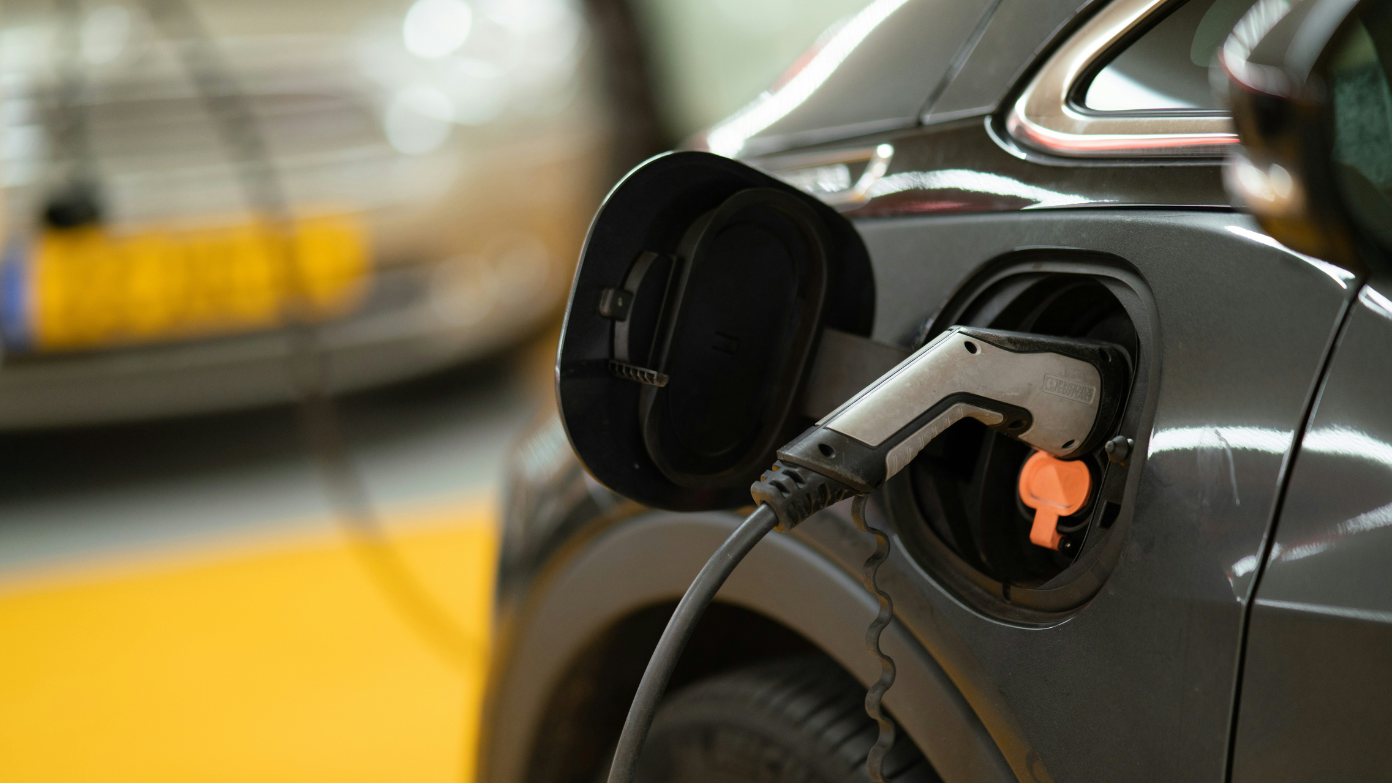The $7,500 federal electric vehicle (EV) tax credit, the jewel-in-the-crown incentive of the Inflation Reduction Act (IRA), will be expiring in large part after Dec. 31, 2025. The shift will remake the EV market dynamics, with Tesla as the largest beneficiary and conventional automakers such as General Motors (GM) and Ford in a massive disadvantage. Below is the explanation of what is occurring, why it is occurring, and how it plays out for consumers and automakers.
What’s happening to the $7,500 EV tax credit?
The $7,500 federal tax credit has been a leading catalyst for EV sales in America, making electric cars available to many consumers. But new legislation proposed by the House GOP would repeal this credit for most new EVs put into service after December 31, 2025. They are:
- Phasing out the full $7,500 credit on new EVs only except for a slim loophole for producers with under 200,000 eligible EVs sold since 2010.
- Phasing out the $4,000 credit on used EVs bought after 2025.
- Phasing out tax credits on commercial EVs and home charger installations.
While this is still now a bill with legislative obstacles to overcome, the trend represents a sea change in federal EV policy.
Why Tesla will be the big beneficiary
Tesla exceeded 200,000 EV sales back when, which under old rules made it ineligible for the credit. But the 2025 rules eliminate the sales threshold, so Tesla cars will continue to be eligible for up to a $7,500 credit as long as they are meeting new battery supply and assembly requirements. Tesla’s robust domestic battery supply chain and manufacturing presence put it well-positioned to be in compliance with the more stringent rule.
This thus puts Tesla ahead of troubled brands that are yet to achieve the new sourcing requirements, enabling it to be able to sell tax-credit-eligible cars after 2025, drawing price-conscious consumers.
GM and Ford: The most disadvantaged brands
General Motors and Ford, though large EV manufacturers, fall under the new regulations. Both have passed the 200,000 sale mark, leaving most of their vehicles out of the credit past 2025 unless they meet with tough battery mineral and parts sourcing requirements.
The requirements are:
- A minimum of 50% (increasing to 80% by 2027) of battery minerals extracted or processed in the U.S. or free-trade nations.
- At least 60% (up to 100% in 2029) of battery materials need to be made or assembled in North America.
GM and Ford both have huge numbers of overseas suppliers, so it will not be easy to meet in the near term. That means that most of their EVs will forfeit the $7,500 credit, so they will be less competitively priced than Tesla and other competitors who do qualify.
Broader market and consumer effect
Policy makers caution that withdrawing these tax credits would retard EV liftoff, particularly among price-conscious consumers who are still balancing the extra upfront cost of EVs. In the absence of subsidies, cost of ownership in total will discourage purchase, and even harm U.S. climate objectives to cut carbon emissions.
Adherents argue that the EV business should stand on its own merit without subsidies, and it should be left to manufacturers to innovate and drive down prices independently. Phase-out betrays confidence in EV technology maturity and competitiveness in the market.
Income and price caps remain relevant
Even prior to the imminent phaseout, the credit was restricted by income thresholds ($150,000 for individual filers, $300,000 for joint return filers) and price ceilings on vehicles ($55,000 for cars, $80,000 for trucks and sport utility vehicles). Those thresholds alone reduce the number of eligible consumers and vehicles.
What consumers should do now
As the deadline on the $7,500 credit draws near, consumers considering new or used EVs should act before December 2025 to maximize savings. And consumers also should:
- Determine if specific EV models meet the new standards of battery sourcing and assembly to qualify for credits.
- Consider income eligibility and pricing ceilings for vehicles.
- Pursue state and local incentives still available.
The elimination of the $7,500 federal EV tax credit from almost all vehicles after 2025 represents a sea change in the electric vehicle market of the U.S. Tesla’s compliance with new sourcing regulations puts it in the plus column, while GM and Ford are hurt by supply chain disruptions. For consumers, the time to take advantage of these vast tax credits is short, and thus purchase and model selection become time sensitive. When the market stabilizes, innovation and pricing competitiveness will be essential to maintain EV growth in a post-subsidy environment.
Read more: IRS warning with the ‘Dirty Dozen’ in 2025 – These are all the scams and frauds that can affect American taxpayers
Read more: What is a Universal Savings Account? The flexible tax-free way to build financial security

